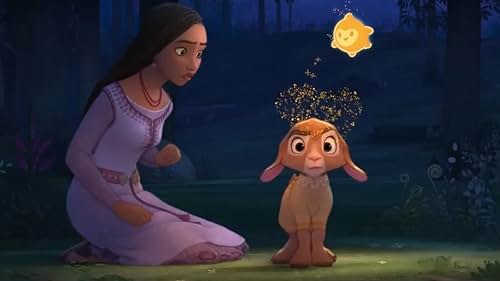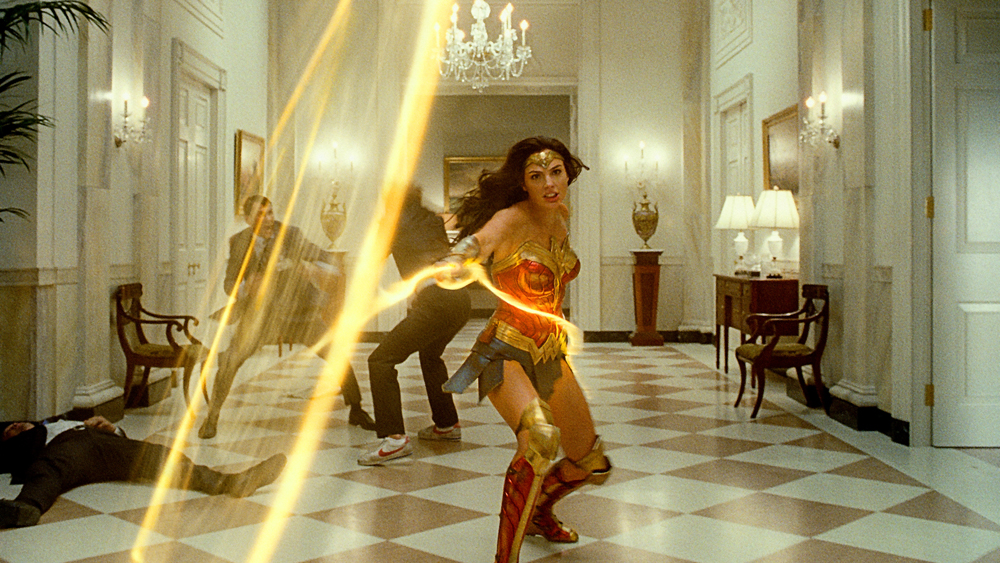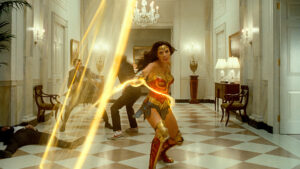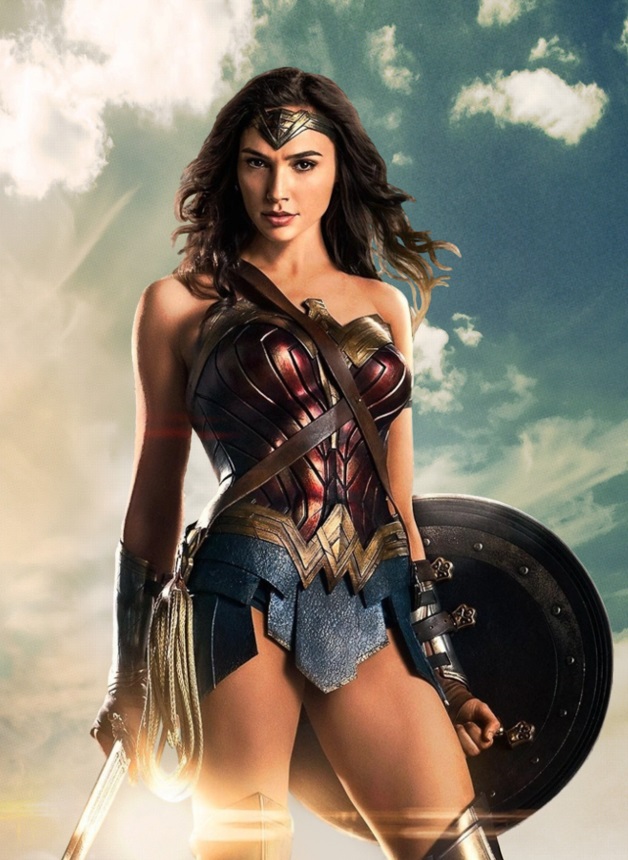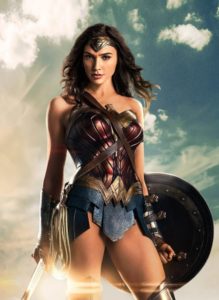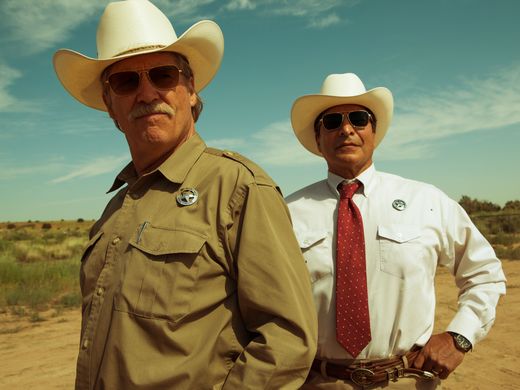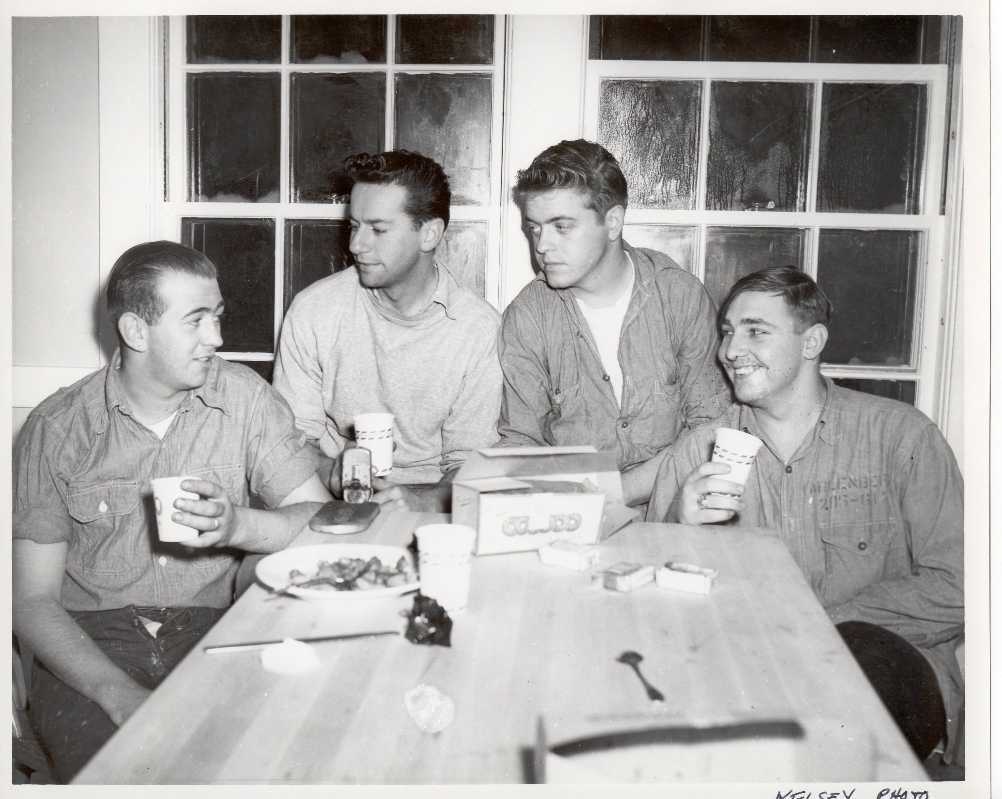Wish
Posted on November 21, 2023 at 5:40 pm
A-| Lowest Recommended Age: | Kindergarten - 3rd Grade |
| MPAA Rating: | Rated PG for thematic elements and mild action |
| Profanity: | NOne |
| Alcohol/ Drugs: | None |
| Violence/ Scariness: | Fantasy-style peril and some violence |
| Diversity Issues: | Diverse characters |
| Date Released to Theaters: | November 22, 2023 |
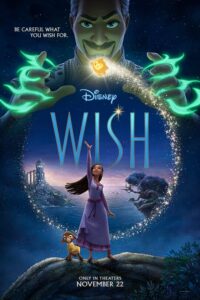
Oscar-winner Ariana Dubose provides the voice of Asha, a 17-year-old girl who lives on an island in the Mediterranean Sea with her mother, Sakina (Natasha Rothwell), and grandfather, Sabino (Victor Garber). Like Disney animation, Sabino is reaching his centenary. Like most Disney heroines, she has cute sidekick, a goat named Valentino (Alan Tudyk).
Their island is governed by King Magnifico (Chris Pine). The people of the kingdom believe that he will grant the wishes they share with him when they turn 18. But as Asha finds when she becomes his assistant, he hoards the wishes, which appear in floating translucent spheres. When people turn their wishes over to him, they lose their memory of what it was they aspired to, and they become docile and easily governed.
Asha makes her own wish the old-fashioned way, on a star, just like Geppetto in “Pinocchio.” To her surprise, the star responds by flying down from the sky to help her out, starting with giving Valentino the ability to speak. Asha originally only wanted to make the wishes of her mother and grandfather come true. But she realizes that she has to give all of the wishes back to the people who wished them. In addition to the star and the goat, she gets some help from her seven friends, who adorably match up with the seven dwarfs from Disney’s first feature. One Is sleepy, one is grumpy, one is bashful…you get the rest. The “Doc” character is Asha’s best friend Dahlia, the King’s chef, voiced by Jennifer Kumiyama. To honor the actress, who uses a wheelchair, Dahlia uses a cane, welcome representation for audience members who use adaptive equipment and their families, and welcome normalization for those who may not yet have those people in their lives.
The character design here is understated by contemporary animation standards, perhaps another nod to the classical era. The backgrounds and settings are pure Disney magic, though, delicately colored, stunningly beautiful, and bursting with imagination. Asha’s home and Magnifico’s castle are fairy tale delights. The musical numbers are lovely and the one with dancing chickens is a highlight.
And the story is well designed, exciting and heartwarming. It has a gentle but skillful exploration of the meaning of wishes, how they help us imagine what is most significant to us and think about how to get there, and about the importance of finding our own way to make our dreams come true and support the dreams of those around us. Asha is an endearing heroine, unsure about herself but always sure about what is right. When key characters switch loyalties at meaningful moments, as the king becomes more ruthless, it underscores the importance of values as well as aspirations — just as we would hope as Disney starts on its next century as the gold standard in family movies.
NOTE: Stay ALL the way to the end of the credits for a sweet extra snippet.
Parents should know that this film has a mean, selfish villain who attacks people with sometimes-scary green lightning. There is a reference, as in most Disney films, to a parent who died.
Family discussion: What is your wish? What did the king mean by “safe” and was he right? How many references to other Disney movies did you catch?
If you like this, try: the other animated Disney classics like “Snow White,” “Pinocchio,” “The Little Mermaid,” “Beauty and the Beast,” “Frozen,” “Mulan,” and “Encanto” and the live-action fairy tale, “Stardust”

